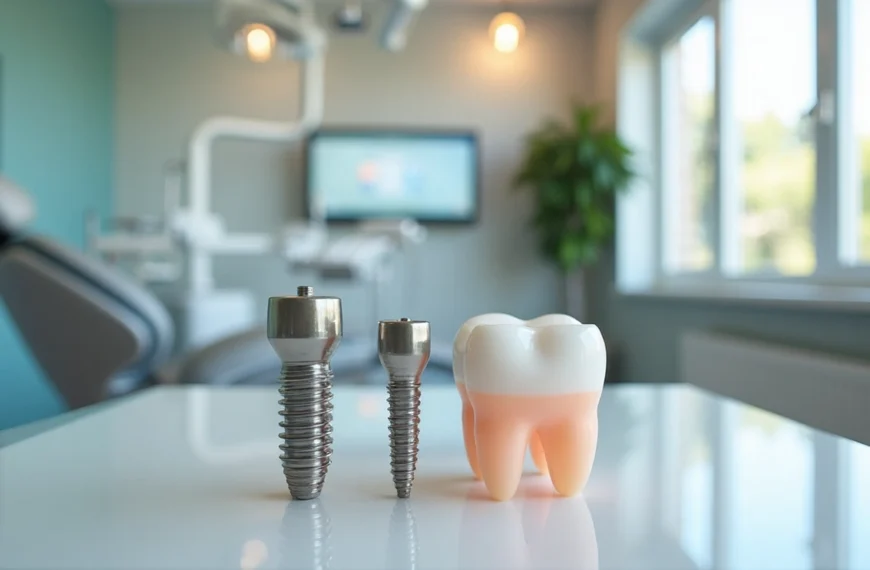Roof replacement can cost homeowners $10,000 or more. Knowing when your roof needs replacement becomes vital before small problems turn into expensive repairs. The warning signs of a failing roof aren’t always obvious until major damage occurs. Your roof might need replacement if you notice water damage, sagging ceilings, dark streaks, or shingle problems. Any asphalt roof over 20 years old should also raise concerns.
A new roof is a big investment, but several financing options can help make it more affordable. Homeowners typically recover 60-65% of their investment. A new asphalt roof adds about $17,807 to a home’s value. Personal loans, home equity loans, credit cards, and specialized roof financing companies offer solutions to handle this important home maintenance expense. These options help homeowners tackle unexpected roof repairs without breaking their budget.
Common Signs Your Roof Needs Replacement
Image Source: Apple Roofing
You can save thousands in damage costs by spotting the warning signs of a failing roof early. Let’s get into the most important signs that tell you it’s time to replace your roof instead of just making repairs.
Water leaks and ceiling stains
Water stains on ceilings or walls are telltale signs your roof needs attention. These brownish spots usually show up after bad weather and tell us that water has gotten through your roofing system. The cause might be damaged shingles, failed underlayment, or worn-out flashing. You shouldn’t ignore even tiny leaks because they can create bigger problems like mold, rotted framing, ruined insulation, and damaged ceilings. The situation gets worse when you see peeling paint or damp walls – these signs of moisture buildup mean you just need a professional inspection right away.
Shingle damage or missing shingles
Your home’s first line of defense against weather comes from its shingles. Shingles that are cracked, curled, buckled, or missing completely tell you this vital barrier isn’t doing its job anymore. Sometimes you can replace individual damaged shingles, but widespread damage usually means you need a whole new roof. Take a walk around your yard after storms to look for blown-off shingles. These missing spots create weak points where water gets in, and this often leads to serious issues like wood rot and mold.
Granules in gutters
Finding lots of granules in your gutters or near downspouts means your roof is wearing out fast. These tiny particles play a vital role – they shield shingles from UV rays, help with fire resistance, and give your roof its color. Shingles become vulnerable to sun damage when they lose this protective layer. While some granule loss happens naturally as roofs age, large amounts – especially after hail – usually mean your shingles are reaching their end. Your roof’s lifespan takes a hit once 12-15% of a shingle’s surface granules fall off.
Sagging or soft ceiling areas
A sagging roof points to serious structural issues that you need to fix right away. Cracks and gaps appear and let water seep into your home, which damages walls and ceilings badly. If your roof feels spongy when you walk on it, the decking underneath might be rotting – that’s the wooden foundation of your entire roof system. Watch out for sagging or drooping parts of your ceiling inside – it could mean water has soaked through into supporting structures. The whole thing could collapse if you don’t address these issues quickly enough.
Visible mold or algae growth
Those dark streaks or discolored patches on your roof probably aren’t dirt – they’re likely algae or mold. These organisms love damp, shaded spots. Algae mostly affects how your roof looks, but moss causes bigger problems by lifting shingle edges, which makes them more likely to blow off in storms. Moss also holds onto water, creating constant moisture that leads to rot and structural damage. Mold is particularly bad news because it slowly destroys your roof and can make people in your home sick.
Roof age over 20 years
Your roof is probably near the end of its life after 20 years, whatever it looks like right now. Asphalt shingles typically last 20-30 years, and curling or cracking shows they’ve reached their limit. Even roofs that look fine on the surface become more likely to leak and have weather-related problems as they age. Most experts say you should get yearly inspections once your roof hits 15 years old. This helps catch small issues before they turn into expensive problems.
How Summer Weather Accelerates Roof Damage
Image Source: Next Level Roofers
Summer months create unique challenges that make roof deterioration happen faster. Homeowners need to spot early warning signs of damage and take action before it’s too late.
UV exposure and material breakdown
Summer sun bombards roofs with ultraviolet radiation that destroys roofing materials through physical and chemical processes. Roof temperatures can soar to 150°F on sunny days. UV rays break down chemical bonds in roofing materials at a molecular level. The essential oils in shingles dry out and make them brittle and prone to cracking.
This photodegradation process starts to show in several ways. UV radiation bleaches shingles’ color and gives them that faded, aged look. The protective granules on asphalt shingles become loose and fall off, which reduces their ability to reflect sunlight. The exposed asphalt faces direct sunlight and deteriorates faster without these granules.
Thermal expansion and contraction
Temperature changes throughout the day push roofing materials through a tough cycle of expansion and contraction. Materials expand in midday heat and contract as temperatures drop after sunset. This thermal shock weakens roofing systems’ structural integrity over time.
This repeated movement causes buckling, warping, and cracking of roofing materials. Dark roofs face more damage because they soak up more solar energy. Each roof component expands and contracts at different rates. This creates stress at seams and connection points that eventually guides water inside through gaps.
Storms and wind damage risks
Summer storms bring many more threats to roof integrity. Strong winds can lift shingles, tear off flashing, and loosen gutters. Water finds its way in through these openings. Wind gusts create enough suction pressure to tear shingles completely off the roof.
Storm winds turn debris into projectiles that can puncture or crack roofing materials. Winds at thirty miles per hour can cause serious damage. Hailstorms pose another risk by creating dents in shingles. These dents might not be visible right away but they compromise the roof’s waterproofing ability.
Cost Factors to Consider Before Replacing Your Roof
A new roof is a big investment that can cost anywhere from $6,000 to over $50,000, so you need to plan your finances carefully. Let’s break down what drives these costs to help you budget better and avoid surprises.
Size and slope of your roof
The size of your roof plays a huge role in replacement costs. You’ll pay between $4,500 and $11,000 for every thousand square feet. Roofing contractors don’t use your home’s floor plan – they measure in “squares” (100 square feet). A pitched roof’s square footage is usually 15-40% bigger than your home’s floor area.
The pitch of your roof makes a big difference in price too. When slopes are steeper than 6:12, crews need extra safety gear and work takes longer. A 40×50-foot roof with a 3/12 slope might run $7,000. The same roof with a 12/12 slope could run up to $10,000. These higher costs come from safety requirements and extra time needed on steep surfaces.
Material choices and their price range
Materials make up 25-40% of your total roof replacement budget. Here’s what different options cost and how long they last:
- Asphalt shingles: $3.40-$8.75 per square foot (20-25 year lifespan)
- Metal roofing: $6.00-$35.00 per square foot (40-75 year lifespan)
- Clay/concrete tiles: $11.00-$25.00 per square foot (40-50 year lifespan)
- Slate: $12.00-$30.00 per square foot (50-100+ year lifespan)
Materials that cost more upfront usually last longer and need less maintenance, which could save you money over time.
Labor and disposal fees
Labor makes up 50-70% of what you’ll pay for a new roof. Contractors charge between $30 and $100 per hour based on how complex your roof is and their experience level. Asphalt shingle installation runs $2.00-$3.50 per square foot for labor, while metal roof installation costs $4.00-$8.00 per square foot just for labor.
Getting rid of your old roof adds another expense. Removal costs run $1.00-$5.00 per square foot. Heavier materials like slate or tile cost more to remove. Local dumps usually charge $40-$60 per ton, though you might pay different rates at specialized construction waste facilities.
Seasonal pricing trends
Roof prices change with the seasons. You’ll find the best deals from late fall through winter when demand drops. Roofing companies often cut prices during these slower months to keep their crews busy. The trade-off is that winter weather might stretch out your project timeline.
Financing Options for a New Roof in 2025
A new roof costs a lot of money, but you don’t need to drain your savings account. Homeowners have many options to spread this major expense over time.
Homeowners insurance coverage
Your homeowners insurance policy might cover your new roof. Most policies pay for roof replacement if the damage comes from covered perils like windstorms, fire, or hail. All the same, you’ll need to pay your deductible before coverage kicks in. Your policy won’t cover replacements needed because of normal wear and tear or neglect.
Home equity loans and HELOCs
Homeowners who have built up equity in their property can get a lump sum through home equity loans with fixed monthly payments. A Home Equity Line of Credit (HELOC) gives you a revolving credit line secured by your home. These options usually have lower interest rates than unsecured loans and potential tax benefits on interest paid. Note that these secured loans put your home at risk if you can’t keep up with payments.
Personal loans and roof loans
Personal loans give you quick access to money without collateral. You’ll get predictable monthly payments with terms from one to seven years. Specialized roof loans focus only on roofing projects. Both need credit approval, and interest rates change based on your credit score—usually between 6.99% and 36%.
Roofing company financing plans
Most roofing contractors team up with third-party financial companies to offer payment plans. These plans often come with competitive terms that fit your situation, and sometimes include special deals with delayed payments or interest.
Credit cards with 0% APR offers
Credit cards that offer introductory 0% APR are like interest-free loans if you pay the balance before the promotional period ends. This works great for homeowners who have good credit scores and can pay everything within 12-18 months.
Government-backed FHA Title I loans
FHA Title I loans help specifically with home improvements, including roof replacement. These loans offer fixed rates, up to $25,000 for single-family homes, and don’t require equity. You must live in your home for at least 90 days to qualify. Most loans need credit checks and your debt-to-income ratio can’t go above 45%.
Conclusion
Making the Right Decision About Your Roof Replacement
Your roof’s warning signs can help you avoid major structural problems down the road. Water leaks, missing shingles, granule loss, sagging areas, visible mold, and roofs older than 20 years point to problems that just need attention. Summer weather makes things worse through UV exposure, thermal cycling, and storm damage.
Most homeowners see roof replacement as a big investment. Roof size, pitch, material selection, and labor requirements affect the final cost. Understanding these elements helps you prepare for this expense.
You have many ways to pay for this major home improvement project. Homeowners can choose from insurance coverage, home equity loans, personal financing, and government-backed programs to fund their roof replacement. Learning about these options really helps you tackle roofing problems without breaking the bank.
Professional roof inspections should happen yearly, especially when your roof approaches the 15 years mark. These assessments catch small issues before they become disasters. The upfront cost of replacement might look high, but you’ll end up paying more for water damage, structural issues, and lower property value if you wait.
Smart timing of your roof replacement saves money. Contractors give better rates during slower seasons like late fall and winter. This approach lets you get quality work at better prices.
Your roof protects your home’s entire value. Quick action on warning signs, knowledge of costs, and the right financing options lead to smart decisions. These choices protect your property’s value and shield your home from weather damage long-term.
FAQs
Q1. What are the key signs that indicate I need a new roof? Common indicators include water leaks, ceiling stains, damaged or missing shingles, granules in gutters, sagging areas, visible mold growth, and a roof age over 20 years. If you notice any of these signs, it’s advisable to have a professional inspection.
Q2. How does summer weather affect my roof’s condition? Summer can accelerate roof damage through intense UV exposure, which breaks down roofing materials, and thermal expansion and contraction that weakens structural integrity. Additionally, summer storms pose risks of wind damage and potential water infiltration.
Q3. What factors influence the cost of a roof replacement? The main cost factors include the size and slope of your roof, choice of roofing materials, labor and disposal fees, and seasonal pricing trends. Prices can range from $6,000 to over $50,000 depending on these variables.
Q4. Are there financing options available for roof replacement? Yes, several financing options exist, including home equity loans, personal loans, roofing company financing plans, credit cards with 0% APR offers, and government-backed FHA Title I loans. It’s important to explore these options to find the best fit for your financial situation.
Q5. How often should I have my roof inspected? It’s recommended to have professional roof inspections annually, especially for roofs approaching or over 15 years old. Regular inspections can catch minor issues before they develop into major problems, potentially saving you money in the long run.
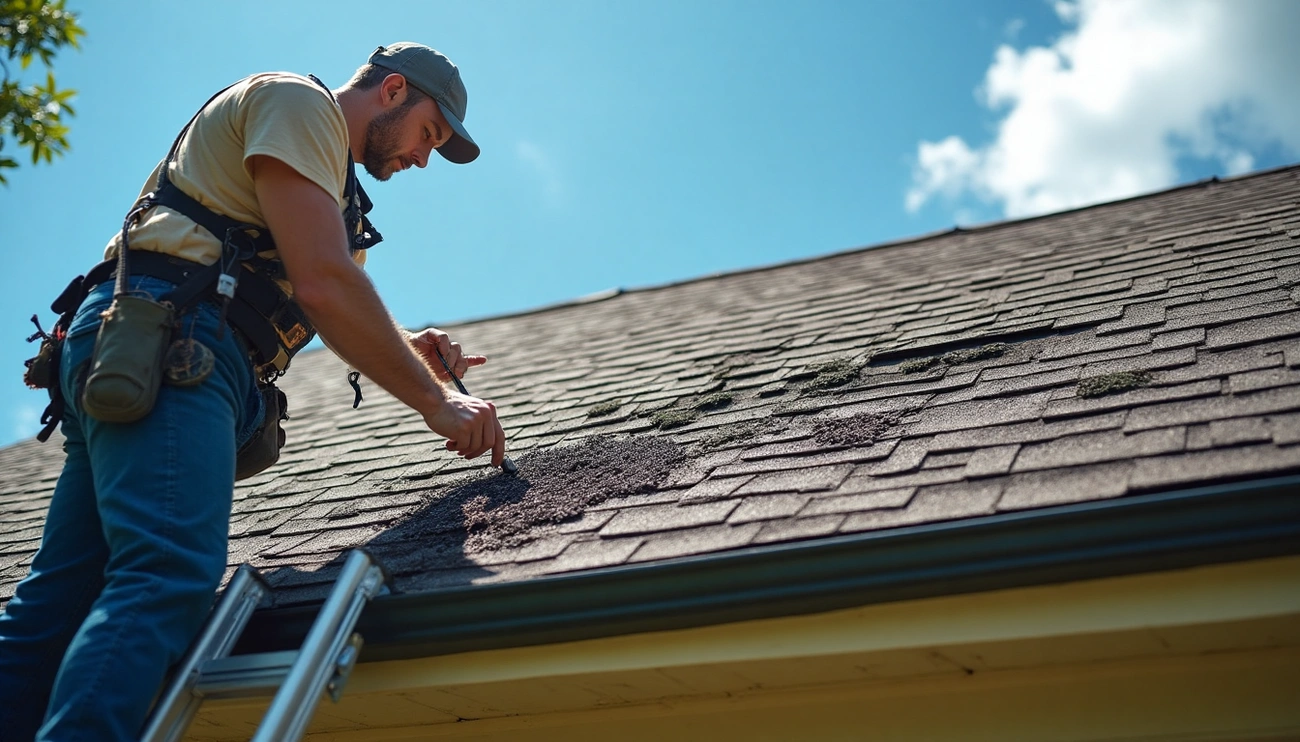

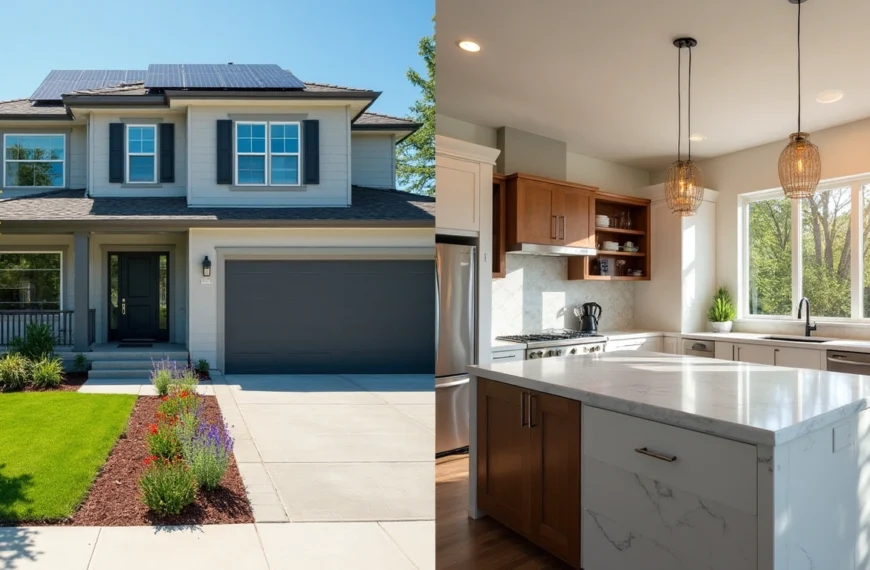
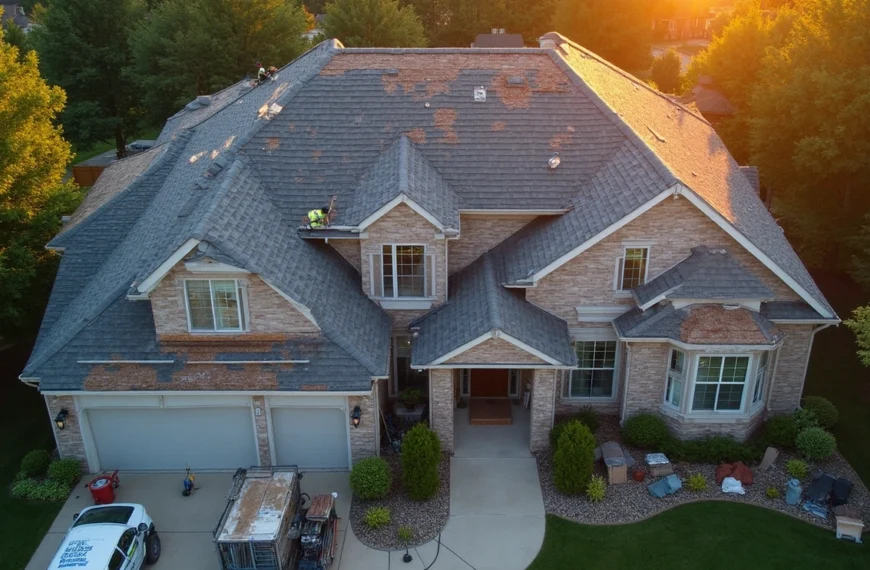
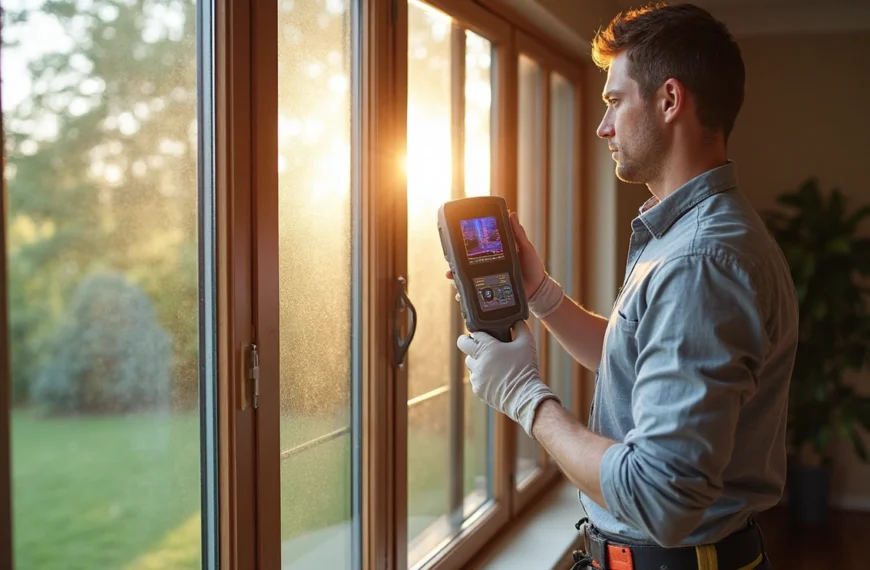








![No Win No Fee Lawyers: The Hidden Truth About Settlement Cuts Legal representation through no win no fee lawyers gives clients a way to fight cases without paying anything upfront. Many clients don't know that these services take a big chunk of money after winning the case. Lawyers usually take 25% to 40% of what you win as their contingency fee. The amount lawyers take from settlements can add up fast. A $100,000 settlement means your attorney gets $30,000 if they charge a 30% fee after winning your case. Your solicitor's cut might be £10,000 from a £30,000 compensation award, based on your agreement percentage. This payment model stays pretty much the same for no win no fee lawyers in different places, though percentages can change. This piece breaks down what you need to know about contingency fee deals. You'll learn about standard fee ranges, extra costs beyond the basic fee, and times when this payment setup might not work in your favor. Smart clients should think over these money matters before signing up with a lawyer to make better choices about their legal help. What No-Win No-Fee Really Means Image Source: Express Legal Funding A no-win no-fee arrangement, also called a Conditional Fee Agreement, changes the way people get legal help. This payment approach removes the need to pay legal fees upfront and creates a partnership between clients and their attorneys. How contingency fees work No-win no-fee agreements are based on contingency fees. Lawyers get paid only when they win compensation for their clients. Most lawyers take between 25% and 40% of the final amount, based on how complex the case is and where it's filed. Lawyers take their cut after winning the case. To name just one example, see a case where a lawyer wins £30,000 in compensation with a 33% fee - they would receive £10,000. On top of that, some law firms use sliding scales where they charge less for quick settlements and more if the case goes to trial. The law requires a written agreement before any work starts. This paperwork spells out the lawyer's percentage, what costs you'll need to cover, and other key details. What happens if you lose the case The meaning behind "no-win no-fee" is clear - losing your case means you won't pay your lawyer anything. All the same, you should know about a few money-related details. You won't owe your lawyer when you lose, but some deals might make you pay for court fees, expert witnesses, or other case expenses. The other side could also ask you to pay their legal costs. Many lawyers suggest getting "After Event" insurance to protect their clients. These policies cover any costs if you lose your case, which makes the no-win no-fee setup much safer. Why lawyers offer this model Lawyers want to make legal help available to more people, so they offer these payment plans. This setup helps people who don't have much money take legal action when they have valid claims. The payment structure motivates lawyers to work hard. They only get paid by winning cases, which pushes them to get the best results possible. Lawyers carefully assess each case before taking it on a no-win no-fee basis. They usually accept cases that have a good chance of winning, since they put in lots of time and resources without any guaranteed payment. The Real Cost: How Much Do Lawyers Take from a Settlement Image Source: Greiner Law Corp. The true cost of no-win no-fee legal representation becomes clear once we look at contingency fees. Many clients feel surprised to see a big chunk of their settlement checks going to their attorney's fees. Typical percentage ranges (25%–40%) No win no fee lawyers typically ask for 25% to 40% of the total settlement amount. Personal injury attorneys usually take 33.3% (one-third) of the awarded compensation[101]. Lawyers and clients agree on this percentage before any work starts on the case. Several factors shape the final percentage. Your chances of winning, case complexity, and the work to be done play key roles in determining the attorney's cut. Some areas have laws that cap the maximum contingency fees for specific types of cases. Sliding scale based on case complexity Law firms often use a tiered fee system that changes with the case stage and complexity. This scale rewards quick settlements while paying attorneys fairly if more work becomes needed. The fee might start at 30% if the case settles before lawsuit filing. This number could climb to 35% after filing or reach 40% if the case goes to trial. Law firms often group cases by complexity: 10%-20%: Simple cases with straightforward settlements 25%-35%: Typical personal injury cases 35% and above: Complex cases requiring extensive resources Examples of payout breakdowns These ground examples show how fees affect settlements: A $15,000 settlement with a 33.3% contingency fee.pdf) puts $5,000 in the attorney's pocket, leaving $10,000 for the client. Similarly, from a $100,000 settlement with a 33% fee, the attorney gets $33,000 while the client receives $67,000[102]. Complex cases tell a different story. A $100,000 settlement with a 30% fee plus $5,000 in extra costs leaves $65,000 for the client after all deductions. These fees substantially change the client's final payout. Hidden Costs You Might Not Expect Image Source: Nelson Personal Injury Lawyers Beyond percentage-based fees, clients often feel surprised by extra costs that can reduce their final compensation by a lot. These hidden costs show up in the fine print of no-win no-fee agreements. You should think over these details before signing. Court filing and expert witness fees Legal proceedings come with unavoidable court filing fees. These charges differ by jurisdiction. They usually range from $30 for small claims to several hundred dollars for complex civil lawsuits. Expert witnesses can be expensive, with hourly rates ranging from $150 to $1,000 based on their credentials and testimony complexity. Expert witnesses charge more for court appearances than consultation work because of added pressure and prep time. Clients might still need to pay experts for their prep work even if the case settles before trial. Medical report and investigation costs Medical documentation is a vital part of many legal claims. These costs include fees to release medical records, create specialized reports, and prepare documents. Investigation costs cover evidence gathering, police reports, witness interviews, and other fact-finding work needed to build a strong case. Of course, some firms say they'll cover these expenses upfront, but clients don't completely avoid these costs. When these costs are deducted from your compensation Law firms take these expenses from the settlement amount before they calculate their percentage fee, though each firm handles this differently. Some lawyers subtract these costs after figuring out their contingency fee, which changes how much money clients end up with. Most firms pay case-related costs during the process and get their money back from the settlement. The defendant usually pays most simple legal costs and disbursements in successful cases, but not always everything. Insurance protects clients from costs in unsuccessful claims at many law firms, but this protection isn't guaranteed. Clients should review their agreements carefully since they might still need to pay specific expenses even if they lose their case. When No-Win No-Fee Might Not Be the Best Option Contingency fee arrangements give many people access to justice. However, this payment model doesn't always work in a client's best interests. Knowing these limitations helps clients make better decisions about their legal representation. Cases with unclear liability Lawyer no win no fee arrangements work best in cases where fault is clear. We assessed the probability of success before taking contingency cases. Lawyers might turn down cases if there isn't enough evidence of the other party's negligence or if liability isn't certain. Cases with multiple responsible parties create more challenges. The situation gets complicated fast when several parties share liability. Lawyers are less likely to take these cases on contingency. They need to be confident they can prove the other party's negligence before accepting a case. Low-damage or low-payout claims Small claims often don't work well with the contingency model, even with real injuries. Cases that have minimal injuries or limited financial damages might not bring enough compensation to cover legal costs. The potential settlement needs to be big enough to pay for investigations, witness interviews and court fees. Personal injury lawyers often turn down cases where the "compensation potential" is too small. This doesn't mean the claim isn't valid - it just means the economics don't add up for a contingency arrangement. Situations where hourly billing may be better Hourly billing has clear advantages in certain cases. Clients see exactly what they're paying for - every hour worked and task completed. This model works well for cases that need lots of attention but don't have clear financial outcomes. Complex litigation with opposing parties works better with hourly billing and a retainer fee. Clients have more control over their case and don't feel pressured to settle quickly. Cases that need extensive preparation but have uncertain outcomes fit the hourly model better. Lawyers can spend the time needed without worrying about contingency limits. This approach often leads to better representation, especially for complex legal issues that need special expertise. Conclusion Understanding the Full Picture Before You Sign No-win no-fee arrangements offer legal representation without upfront costs. Of course, this seems attractive at first glance. In spite of that, you need to think about how these agreements can affect your final compensation. Legal fees usually range from 25% to 40% of your settlement - but that's just the start. You'll face more deductions like court filing fees, expert witness costs, and charges for medical documentation. What looks like a "free" service ends up taking a big chunk of your compensation to cover legal expenses. These arrangements work best in specific situations - cases with obvious liability, substantial damages, and solid evidence. If you have a low-value claim or complex liability issues, traditional hourly billing might serve you better. Without doubt, you should ask for clear explanations of all possible costs before signing anything. Read the fine print closely, especially when you have to deal with expenses in unsuccessful cases. Ask to see sample settlement breakdowns that show all deductions. This helps you picture what you might actually take home. Your choice to go with a no-win no-fee arrangement depends on your situation. This model helps if you don't have money to pursue valid claims. But if you have a strong case and enough funds, other fee structures might let you keep more of your compensation. Whatever payment model you choose, knowing exactly how much lawyers take from settlements helps you make better decisions. This knowledge lets you approach legal representation with real expectations and better control over your money. FAQs Q1. What percentage of a settlement do no-win no-fee lawyers typically take? No-win no-fee lawyers typically charge between 25% to 40% of the final settlement amount as their contingency fee. The exact percentage often depends on the complexity of the case and the stage at which it is resolved. Q2. Are there any hidden costs in no-win no-fee arrangements? Yes, there can be additional costs beyond the lawyer's percentage fee. These may include court filing fees, expert witness costs, medical report expenses, and investigation costs. These expenses are usually deducted from the settlement amount before or after the lawyer's fee is calculated. Q3. What happens if I lose my case in a no-win no-fee arrangement? If you lose your case, you generally won't have to pay your lawyer's fees. However, you might still be responsible for certain expenses like court costs or the opposing party's legal fees. Many lawyers offer insurance to protect clients from these potential costs in case of an unsuccessful claim. Q4. When might a no-win no-fee arrangement not be the best option? No-win no-fee arrangements may not be ideal for cases with unclear liability, low-value claims, or complex legal issues requiring extensive preparation. In these situations, traditional hourly billing might be more appropriate and potentially more cost-effective for the client. Q5. Can I negotiate the percentage a lawyer takes from my settlement? Yes, the contingency fee percentage is often negotiable. It's typically agreed upon and formalized in writing before the lawyer begins working on your case. Don't hesitate to discuss the fee structure with your lawyer and ask for a detailed breakdown of potential costs and deductions.](https://consumersweek.com/wp-content/uploads/2025/06/No-Win-No-Fee-Lawyers-The-Hidden-Truth-About-Settlement-Cuts-870x570.webp)
